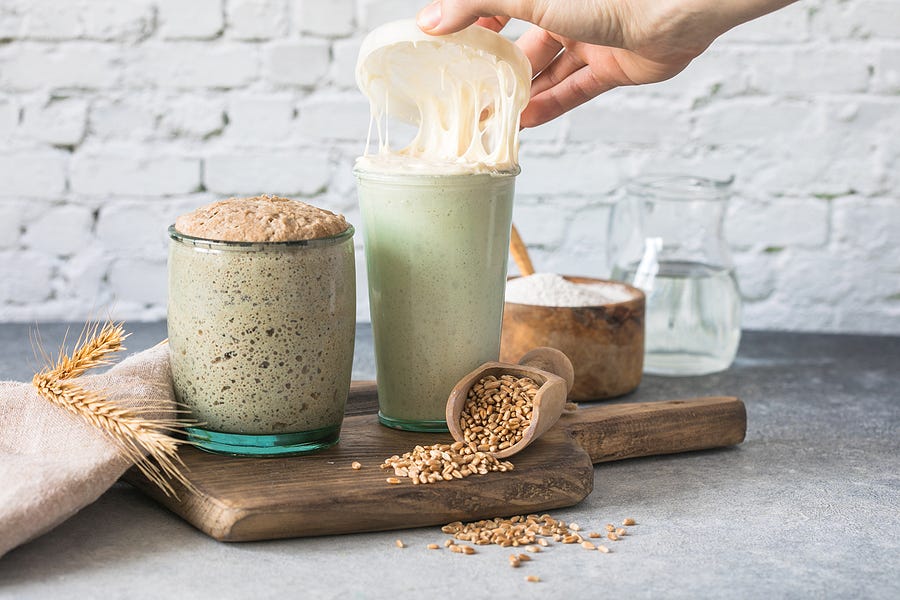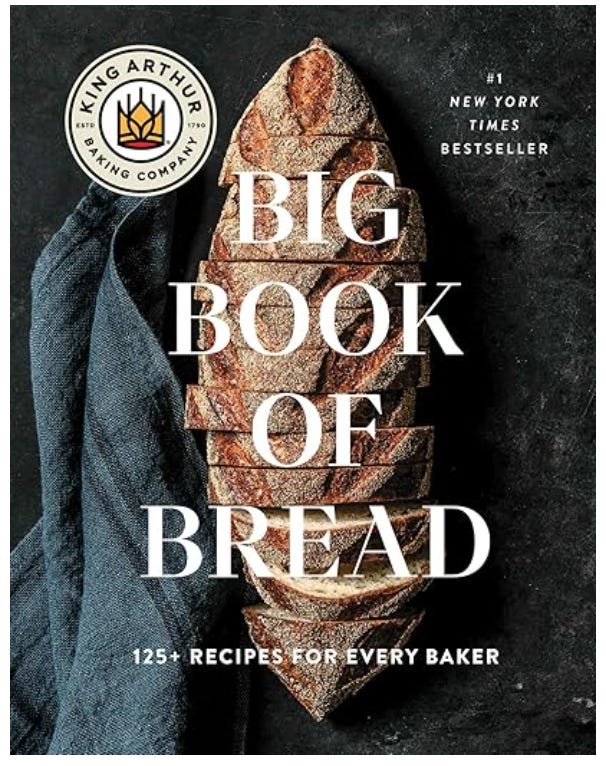The Insanity of Feeding a Sourdough Starter
I admire the enthusiasts who dedicate such efforts and passion to feed daily, but it’s not for me.
To mention it upfront, I bake sourdough bread without feeding a starter. If you think that’s impossible, think again. I am (literally) a German engineer who was educated to pursue perfection. The point is, I grew up eating bread daily for breakfast and supper.
Living in the United States for more than thirty years has also introduced me to the KISS (Keep it simple, stupid!) principle. Applying these two features makes you realize that feeding a sourdough starter daily is highly ineffective. It is time-consuming and wasteful.
You can use the discard to make pancakes (and eat them daily) or put them in the compost or trash. If you neglect to feed daily, you must revive the starter before baking. Some online resources recommend between six and 14 days of feeding. My God, what a waste! All this has to do with the pointless obsession with creating the perfect oven spring, which I will address in another post.
Still, I enjoy baking sourdough bread. Consequently, I started some intense research into how our ancestors baked without a starter. I was told they used the remains of leftover dough from one day and incorporated them into the new batch. That is, in fact, how German bakers do it to this day. However, they, too, feed these remains after baking to reach the amount of levain needed for the next day’s production.
I believe this is where the daily feeding method originated. However, as a home baker, you don’t need to bake daily, so you must feed, mostly without baking. I admire the enthusiasts who dedicate such efforts and passion, but it’s not for me.
During my tests with standard recipes, I kept 120 grams of dough after bulk fermentation, roughly 20% of the flour weight (baker’s math applied). I keep it in the fridge and bake approximately twice a week. Initially, I was concerned about its strength, but I found I could use the same amount (the 20% mentioned earlier) as a regular wet sourdough starter.
The standard method of feeding the starter differs from mine in that my version contains salt and has a much lower hydration level, which helps preserve the levain. However, I don’t feed it before baking. The result is excellent: The crust is crunchy, the crumb is airy, and the taste is terrific.
I am still optimizing bulk fermentation, the most crucial part of sourdough creation. This is yet another topic documented by numerous experts in great detail, however, without a practical solution for the beginner.
The King Arthur Baking Company Big Book of Bread: 125+ Recipes for Every Baker
Authoritative and accessible, The King Arthur Baking Company Big Book of Bread is exceptional for its range: the 125 recipes for yeasted and naturally leavened bread are designed to appeal to novices and advanced bakers alike, as well as to those who are deep into sourdough.
Everything you need to know about making a perfect loaf is here, from folding and shaping techniques to flour, yeast, and temperature information. You'll also find essential tips, such as how to work with temperamental dough and best practices for storing different breads. A gorgeous four-color photo accompanies each recipe, and the instructional information includes step-by-step photography and QR codes that direct you to how-to videos. More Information…





